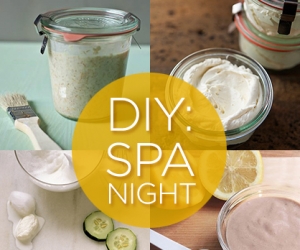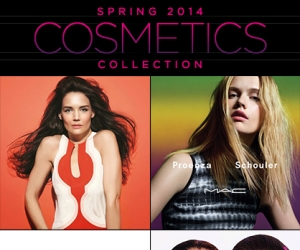5 Surprising Skincare Ingredients to Avoid
How to choose the best products for your skin
Reading a list of skincare ingredients can take a master’s degree in biochemistry. There are several ingredients to avoid because of the damage they can cause to your health and skin. Steer clear of labels that include these dangerous ingredients.
There are so many chemicals on the market these days the problem is that there has only been a handful of chemicals actually tested. There are so many others that have not been tested as of
yet. Err on the side of caution. You have to learn to read labels and get a good understanding of what chemicals are commonly used in skincare products.
Here are the top five ingredients to avoid, according to skin and health expert Sherrie Berry, founder of the skincare line SkinAgain. Consider this a list to start with, and add to it as you discover new ingredients to avoid.
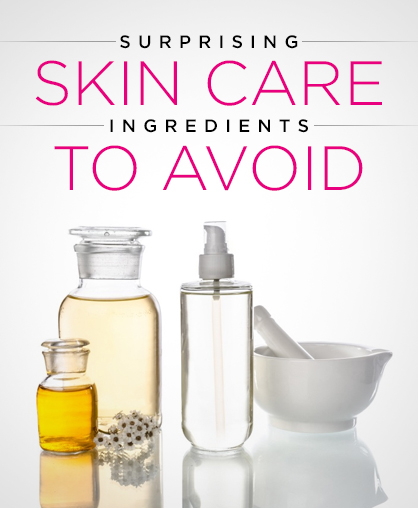
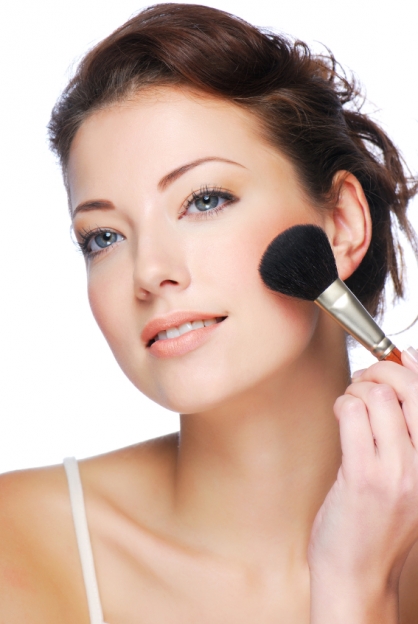
Propylene Glycol
Some researchers argue that propylene glycol is a toxic, carcinogenic chemical that has been wrongly approved by the FDA. The FDA, and other researchers say that it is generally safe in low doses. Berry said, “I have two questions: What really is a low dose? If, in one day, I use the following products that each have it in low doses, how much has my body absorbed?:
- Shampoo
- Conditioner
- Toothpaste
- Body Lotion
- Face Lotion
- Personal Lube
- Hand Cream
Or even more important, how much of this ingredient is going into our children?
“If I use 12 baby wipes containing propylene glycol on my baby per day, baby soap, baby lotion, then feed my baby food containing propylene glycol? Is that a low dose that is generally safe?”
Berry said that since the information is conflicting, and there are alternatives for propylene glycol, choose the alternative ingredient butylene glycol.
The same holds true for each of the following ingredients.
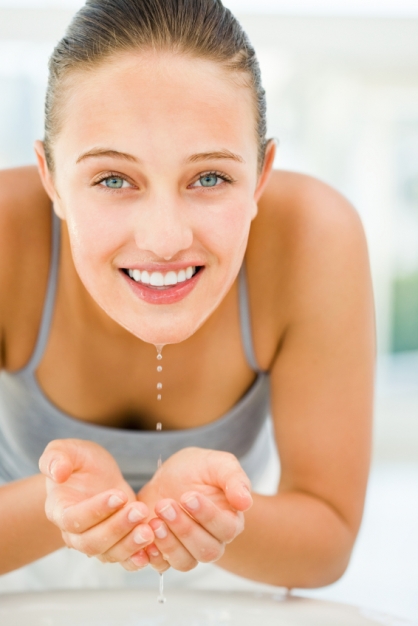
Sodium Lauryl Sulfate (SLS) / Sodium Laureth Sulfate (SLES)
Although there are more and more products advertising “SLS Free,” this ingredient can be found in a large percentage of skin care products and cosmetics, like mascara. SLS makes products bubble and foam. Berry said, “We’ve been conditioned to believe that if something doesn’t have good foaming action, it’s not cleaning well. Not true. SLS's are skin, lung, and eye irritants, but the greatest risk is the potential for contraindication when combined with other chemicals. It can form nitrosamines, a carcinogen.”
Synthetic Colors
You’ve probably seen the term “FD&C Blue 1. Do you know that that stands for? They represent artificial colors. F = Food. D&C = Drug and Cosmetics. These synthetic colors are usually derived from petroleum or coal tar sources. Synthetic colors are suspected to be a human carcinogen and skin irritant. The European Classification and Labeling considers it a human carcinogen and the European Union has banned it. Why does something have to be a certain color to be effective? And if a color is desired, why not use natural alternatives, like beautiful blue malachite, Berry said.
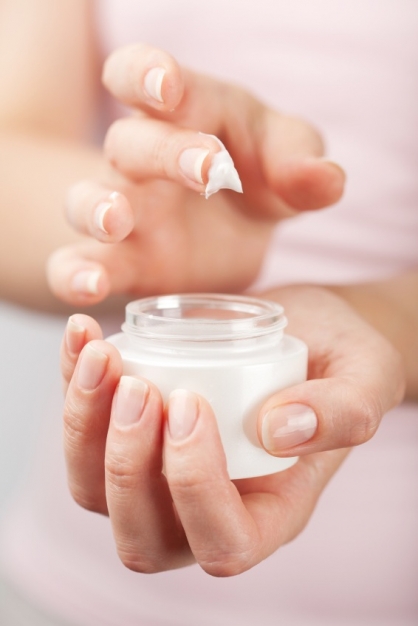
Parabens
“I think everyone is tired of hearing about the controversy surrounding parabens. But honestly, if there are so many safe and alternative, broad spectrum preservatives, why are we even still talking about them? Until there is solid proof that parabens absolutely do not possess estrogen-mimicking properties that are associated with increased risk of breast cancer, its probably best that we prevent them from being absorbed through the skin from makeup, body washes, deodorants, shampoos and facial cleansers. Oh, and you can also find them in food and pharmaceutical products. Again, how much is too much in one day,” Berry asked.
Natalie Bauss, founder and CEO of Keeki Pure & Simple, said, “Look out for ingredients with pararaben in their name: methylparaben, butylparaben, propylparaben, isobutylparaben and ethylparaben.”
“Parabens are the most widely used preservative in cosmetics.
They are also used as fragrance ingredients, but consumers won’t find that listed on the label. Fragrance recipes are considered trade secrets, so
manufacturers are not required to disclose fragrance chemicals in the list of ingredients. An estimated 75-90% of cosmetics contain parabens, Bauss said.
Formaldehyde
Formaldehyde, like parabens, are used in many cosmetic products to help prevent bacteria growth. A good thing, right? This chemical was deemed as a human carcinogen by The International Agency for Research on Carcinogens (IARC) and has been linked to occupational related cancers: nasal and nasopharyngeal. It is known to cause allergic skin reactions and it may also be harmful to the immune system. If you’re wearing nail polish right now, you probably just put formaldehyde into your body, Berry said.
Bauss said, “Beware of products containing these formaldehyde-releasing agents: DMDM HYDANTOIN, DIAZOLIDINYL UREA, IMIDAZOLIDINYL
UREA, METHENAMINE, or QUARTERNIUM-15. They are widely used in hair products,
moisturizers, etc. as preservatives.”
To be safe, avoid these types of ingredients. Be sure to read the labels on any product you buy for your skin. Your body will absorb into your bloodstream anything that you put on the surface of your skin.
